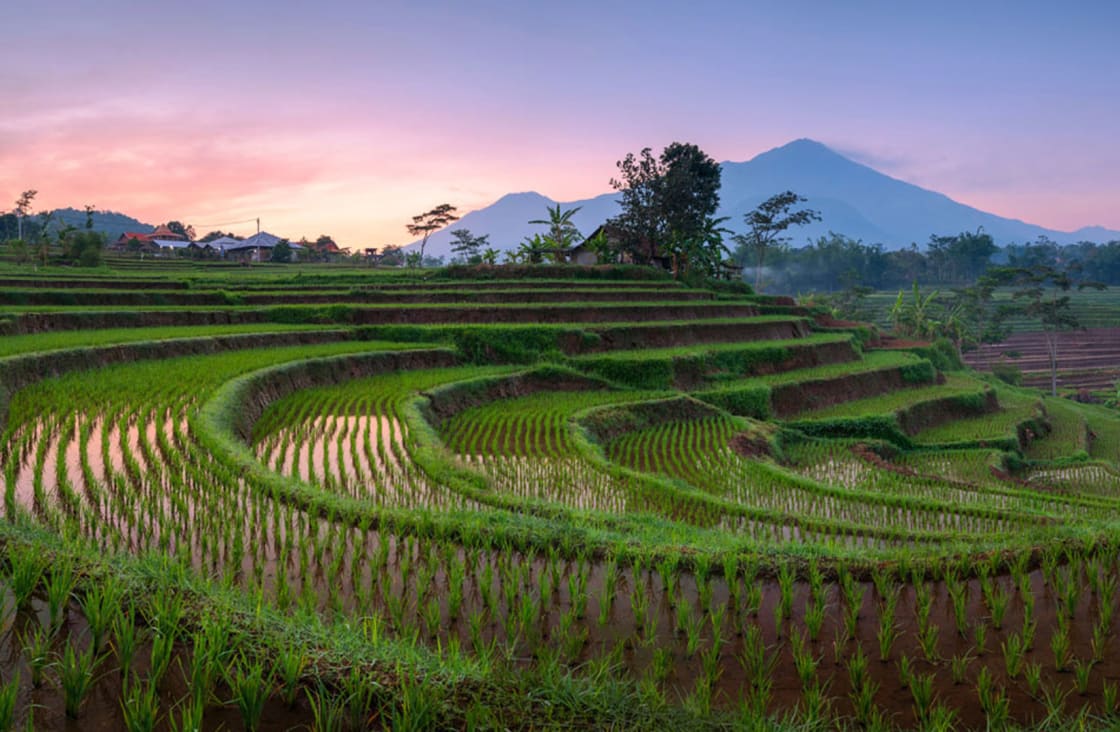
Indonesia is an incredibly diverse country that varies significantly from region to region. Therefore, the best time to visit Indonesia will depend on the season, the regions you wish to visit, the types of activities you want to do, and the cultural experiences you want to enjoy.
The tropical climate of Indonesia is equatorial − hot, humid, and rainy, and split into two seasons − wet and dry. Temperatures on the coastal plains are stable throughout the year, averaging 82°F/28°C during the day, and because Indonesia straddles the Equator, there is little change in the length of daylight hours from one season to the next.
In most regions, the dry season spans from May to September, and in general, these months are the best time to visit Indonesia when the days are dry and sunny. During the wet season, between October and April, the humidity reaches 95%, temperatures remain high and rainfall comes in the form of intense tropical downpours, or thunderstorms, which can sometimes cause flooding. However, the effect of climate change has already altered seasonal patterns, sometimes shortening and concentrating wet seasons.
There are some regional exceptions: in Sumatra, it rains from October to January in the north, and November to February in the south, while the spider-shaped island of Sulawesi also experiences slightly different weather patterns with rainfall expected in the northern regions of the island during June and July.
In the eastern regions – the islands of Lombok, Flores, and beyond − there is a greater chance of flooding during the wet season and droughts in the dry season. During the rainy season, rough seas can render some islands inaccessible to smaller boats. The best months for diving off the coast of Bali, Lombok or in the Komodo National Park are April to September, with rough seas most likely in January & February. If you’re a money-conscious traveler, avoid the peak times of Christmas, New Year, and August when prices tend to skyrocket. If you don’t mind the crowds, go when the weather is best. A good compromise is to risk occasional rain showers in exchange for more peace. If you plan to climb one of Indonesia’s many volcanoes, then the dry season is recommended.
January is the wettest and most humid month in many regions of Indonesia, including Java, Kalimantan in Borneo, Sulawesi and Bali. Many tour operators in Komodo and other island destinations choose to close during this time, as boat trips can be challenging and not very pleasant. If you’re planning a hiking trip, January is not a good month as tracks can be slippery, and the sunrise or sunset may not be visible due to overcast skies. Some scuba diving spots may have poorer visibility during this time, but in contrast, the far-flung Raja Ampat off the coast of West Papua has distinctively calmer and clearer waters during the earlier months of the year.
By February, in Bali, rainfall is still intense, and humidity is still high. However, in some regions, especially in the north of the country, the rain and the high seas are subsiding. North Sumatra and North Sulawesi see a perceivable drop in rainfall this month, giving you a chance to enjoy the wildlife of the rainforests before the busy season begins, but you can still expect to get wet. Islands in Nusa Tenggara – Lombok, Komodo, Sumba – experience less frequent and less heavy rain compared to Bali, where rainfall is still heavy, so if you opt for these islands, you may be rewarded with slightly more sunshine.
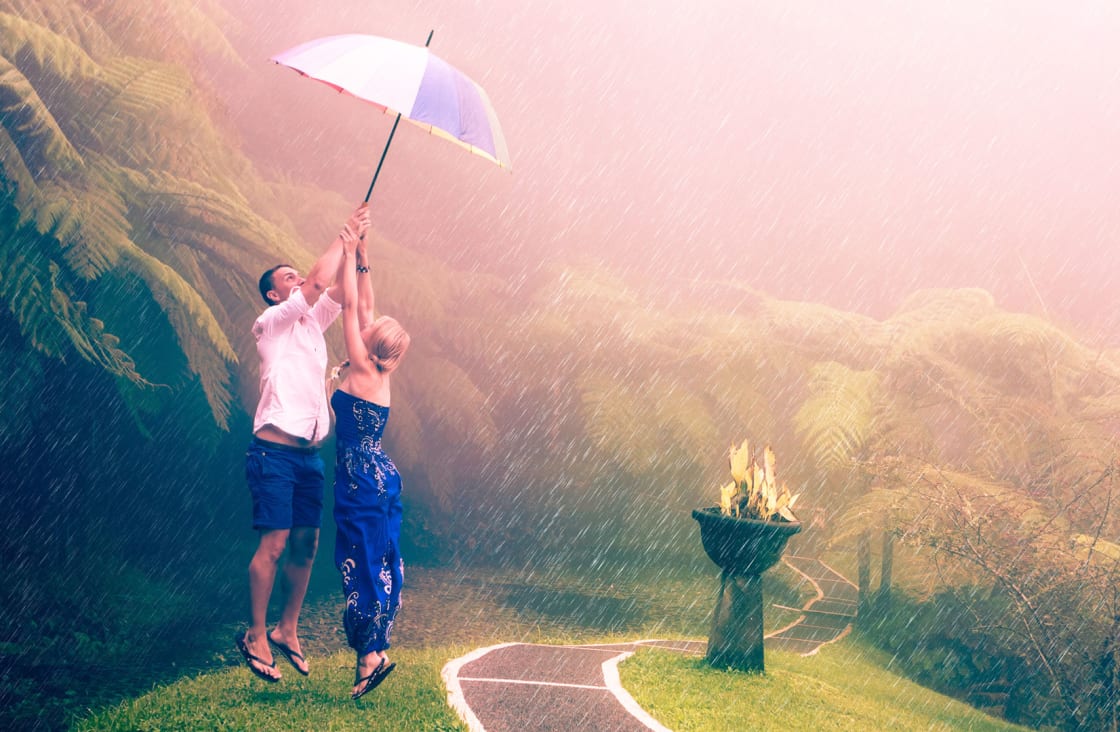
The transition between monsoon and sunny weather happens in March. Rainfall continues to decrease in most areas, especially in the north of the archipelago. Stretches of green appear in the highlands across the country, especially as the month rolls on.
This is the month when divers, surfers, and beach lovers are most drawn to visit Indonesia’s popular island paradises. Favorable diving conditions can be expected in Bali, Lombok, Komodo, and the Gili Islands. Humidity is dropping and the second half of April also marks the start of the long-awaited surfing season in Java, Bali, Lombok, Sumbawa, and Sumatra among other destinations. During this month, the southern parts of the archipelago are expected to be slightly warmer with less rainfall than the north, while sunny days become more frequent throughout the country.
The start of the dry season offers more opportunities for exploration and adventure across the archipelago. May is an ideal month to visit mainstream destinations like Java and Bali, before the beginning of the holiday high season, which means lower rates for flights and hotels. It’s still an ideal season for diving, surfing, hiking, and island adventures.
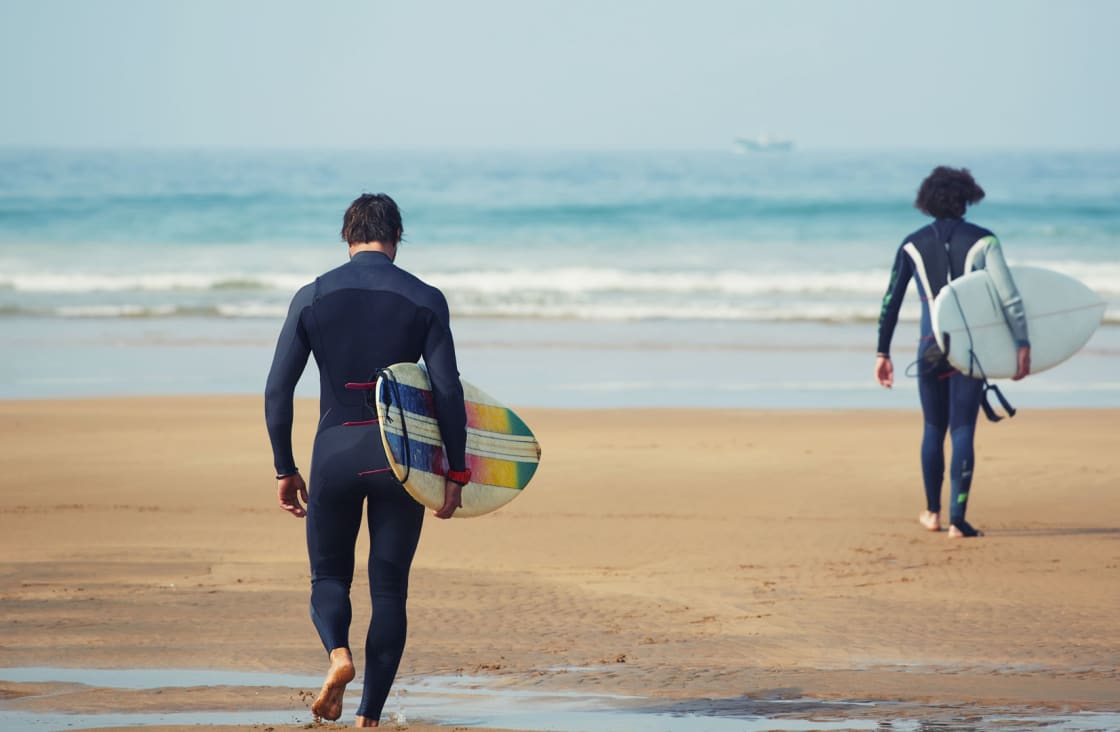
Sunny days and lower humidity can be expected across the country, especially in the southern parts. In many areas like Komodo and the Gili Islands, marine life is at its liveliest as the waters are getting warmer and calmer, while better visibility makes diving and snorkeling more rewarding.
The high season is in full swing. The excellent weather and lower humidity coincide with school holidays. July is, therefore, an excellent time to venture off the beaten path, with the dry weather making it easier to head into the wild to observe wildlife, meet orangutans in Kalimantan or Sumatra, birdwatch in Sulawesi, or trek through the rainforests.
The peak season continues until at least the first half of August. Due to the excellent sunny weather, island destinations like Bali, Lombok, the Gillis and Komodo will be busy. The tourism activities in the southern parts of the archipelago make August a good time to venture off to the less-traveled regions.
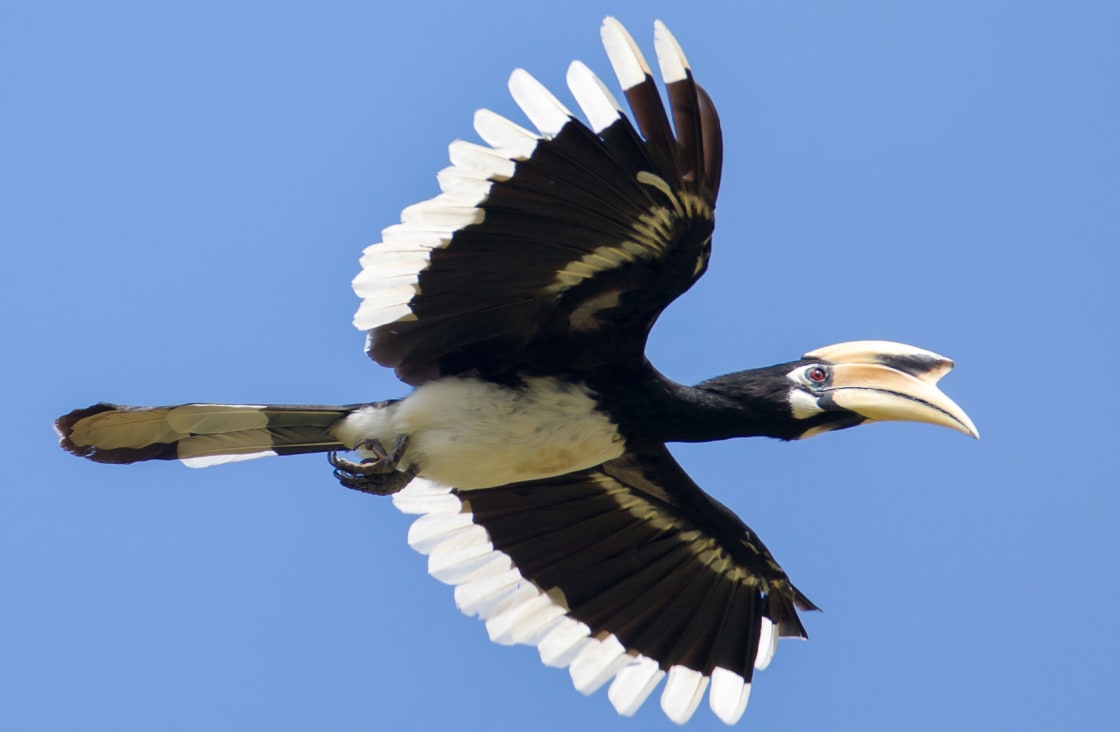
Favorable for outdoor adventures in most localities, September − especially the second half of the month − is a particularly good time to visit the popular destinations of Java, Bali, and the Lesser Sunda Islands to the east. However, if you’re heading to the highlands or the rainforests, the sunny weather and lower humidity make this one of the best months to spot orangutans in Borneo or Sumatra.
If you’re planning on hiking glorious volcanoes in Java, Bali, or Lombok, October is your last chance before the rainy season kicks in again. The same goes for diving, as the seas may be more turbulent after this. North Sumatra and some other northern localities may already be seeing downpours that will continue to move through the archipelago in the upcoming months. The chance of rain increases as the month rolls on, so you should make the best out of the earlier days of the month. Rainfalls may come intermittently in short periods.
By November, the rainy season and high humidity have already arrived in most parts of the country. Traveling on boats and ferries may become much more challenging, so it’s best to keep the Komodo National Park out of the itinerary. A pleasant exception awaits you in far-flung Raja Ampat and the Moluccas/Maluku islands, which have an inverted wet season to the rest of the country. Both regions have vibrant diving spots.
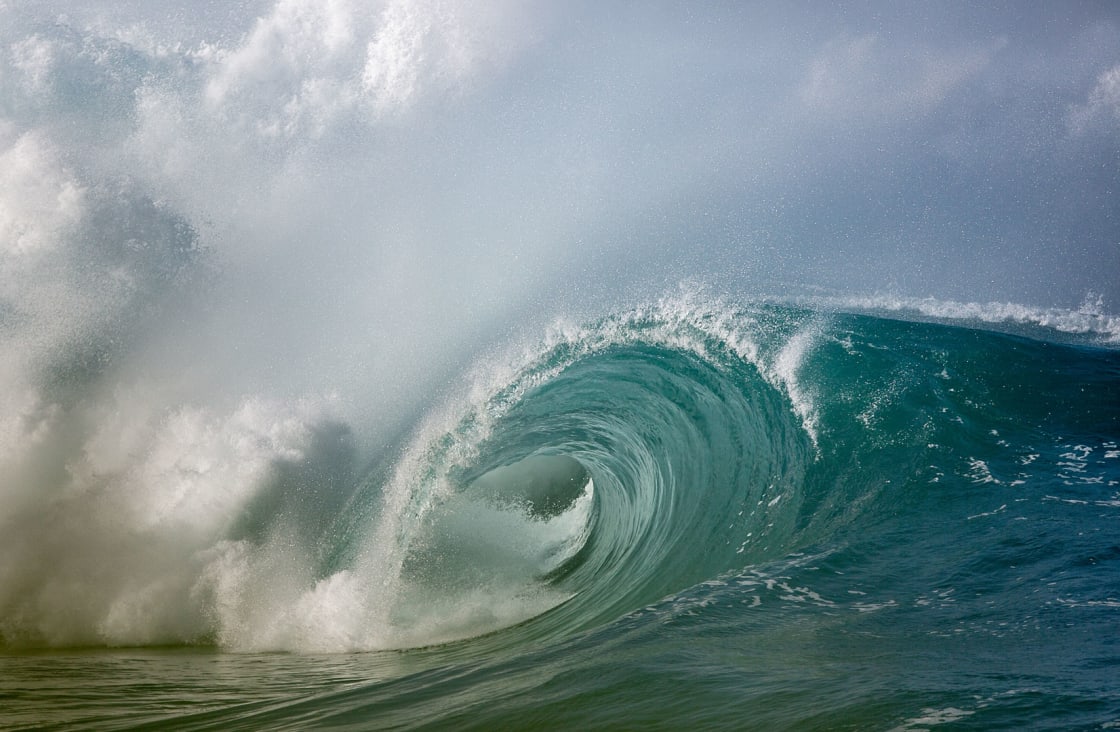
Intense downpours are to be expected during this month, especially in Java, Bali, and Sulawesi. Road conditions will be affected by the rain, and sea conditions get even rougher in many areas. Maluku and West Papua are still seeing a lot of sunny days despite the rest of the country being drenched in heavy rain. December is still an excellent month to go island-hopping and diving in Raja Ampat or the Maluku islands.
While Rainforest Cruises aim to provide accurate and up-to-date information, we make no representations as to the accuracy or completeness of any information herein or found by following any link on this site. Rainforest Cruises cannot and will not accept responsibility for any omissions or inaccuracies, or for any consequences arising therefrom, including any losses, injuries, or damages resulting from the display or use of this information.




